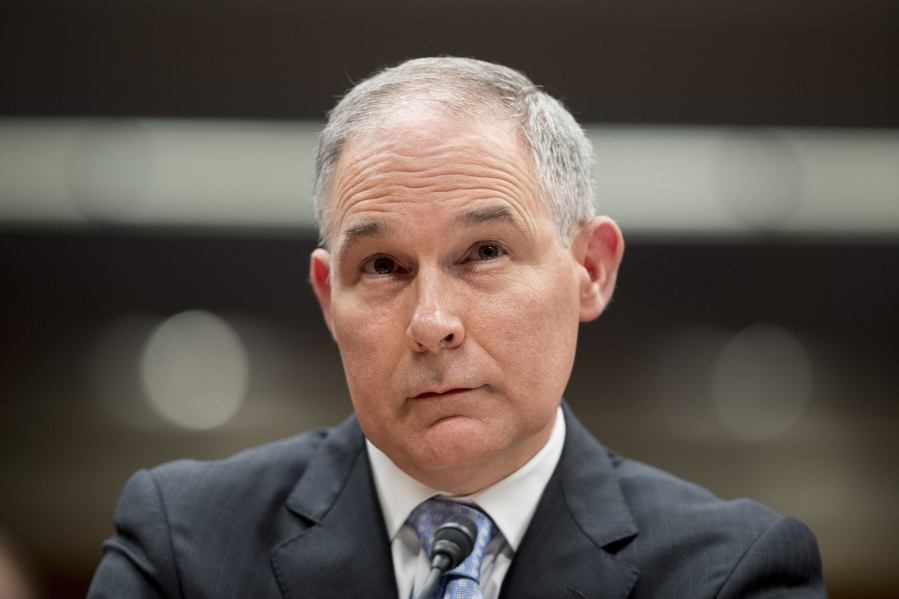WASHINGTON — Soaring numbers of water systems around the country are testing positive for a dangerous class of chemicals widely used in items that include non-stick pans and firefighting foam, regulators and scientists said Tuesday.
The warnings, and promises by Environmental Protection Agency chief Scott Pruitt of official action to confront the related health risks, came in a summit with small-town and state officials increasingly confronting water systems contaminated by the toxic substances.
Pruitt convened the conference as part of his pledge to step up EPA action on the family of contaminants. “It’s clear this issue is a national priority,” Pruitt said. The summit drew chemical industry representatives, tribal officials and others.
Emails made public under the Freedom of Information Act earlier this month and first reported by Politico heightened attention of the chemicals. The emails included an unidentified White House official calling a pending federal study on the chemicals a “public-relations nightmare” and EPA officials intervening in the publication of the report.



